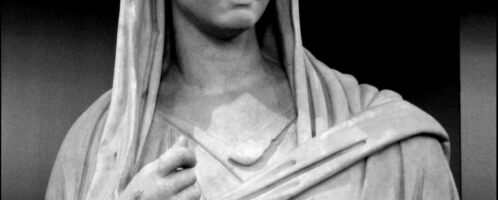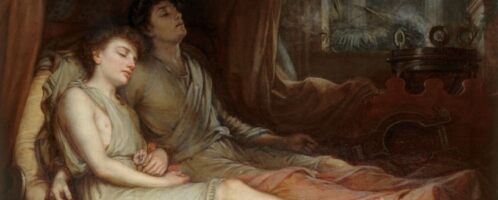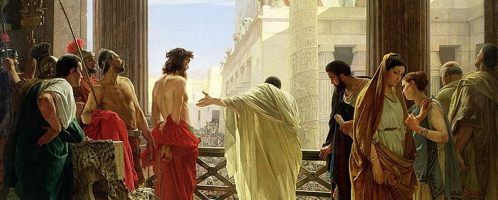“Indiana Jones and the Dial of Destiny” – Antikythera mechanism and Polybius square
From June 30, in cinemas, you can see the latest part about one of the most popular film archaeologists – Indiana Jones – in the movie “Indiana Jones and the Dial of Destiny”. Interestingly, for the first time in this Hollywood historical production, the subject of ancient Rome was touched upon, which is of particular interest to me. Therefore, this article will be devoted to the comparison of the interpretation created for the film by the screenwriters, the history of the Antikythera Mechanism, with what we can find in historical sources or the latest archaeological research.











